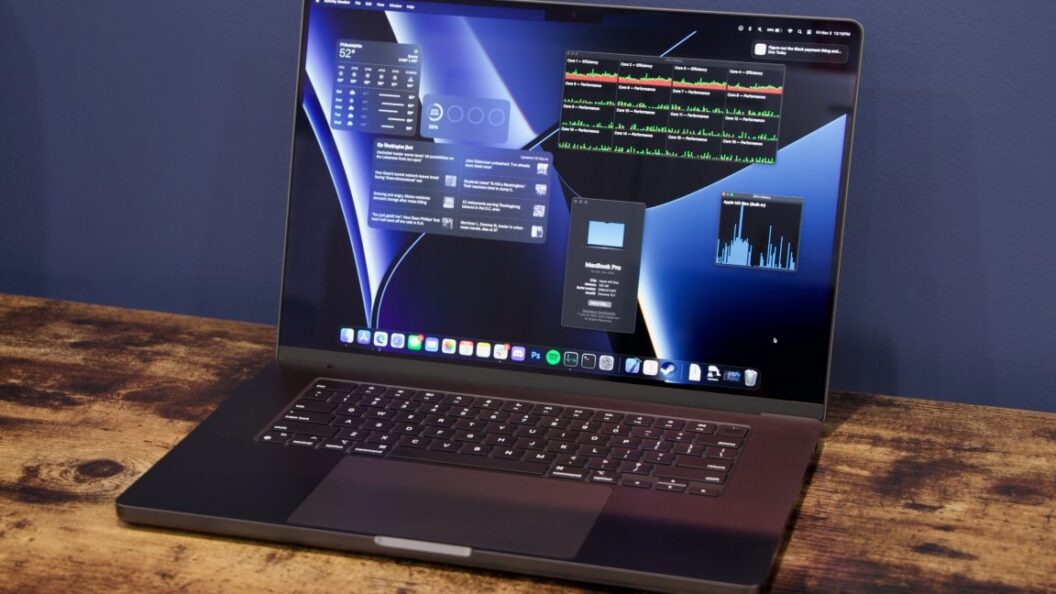Celebrating the Charm of SimCity 2000: A Retro-Futuristic Gem
Introduction to Retro-Futurism
As technology continues to evolve, the allure of retro-futurism remains compelling, particularly evident in classic video games like SimCity 2000. Released more than two decades ago, this iconic city-building simulation tantalizes players with its vibrant graphics and innovative gameplay that once felt cutting-edge. Reflecting on its aesthetic and design, one can appreciate both its nostalgic value and the evolution of user interfaces since its release.
Distinct Aesthetics: From SimCity to SimCity 2000
SimCity 2000 presents a marked enhancement over its predecessor, the original SimCity. The shift from the earlier game’s garish EGA colors and rigid grid layout to the brighter SVGA palette, featuring angular hills and flowing waterfalls, is both notable and striking. The isometric view, which allowed for more intricate city planning, gave players the impression that they were engaging with a future cityscape, rich with possibilities. One ardent player reminisces, “You mean the roads can go diagonally? My mind is BLOWN!” highlighting the excitement that this advance brought to gamers in the late ’90s.
User Interface: A Reflection on Evolution
While the game is celebrated for its charming visuals, it is not without its drawbacks. Today’s players, accustomed to the seamless user experiences of Google Maps and modern applications, may find SimCity 2000‘s camera controls somewhat clunky. The limited functionality—where one can only turn the camera in 90-degree increments—can frustrate new players, signaling a significant shift in user interface design in the years since the game was launched. Users now seek finer control over their navigation, which SimCity 2000 does not seamlessly accommodate.
The Joy and Responsibility of City Building
Engaging with SimCity 2000 evokes a complex blend of emotions. Players find joy in the meticulous construction of city layouts, ensuring that all essential services—electricity, water, and recreational facilities—are adequately provided. The pixel-art representations of buildings and the vibrant animations give a whimsical charm, allowing adults to channel their inner child in a responsible and structured manner. However, the nostalgia brings with it a playful impulse, as one player humorously acknowledges the desire to “unleash a tornado on virtual downtown sometimes.” This duality encapsulates the experience: a balance between caring for the citizens and indulging in playful chaos.
Accessibility in the Modern Age
For those interested in revisiting this retro classic or experiencing it for the first time, SimCity 2000 is still accessible to modern audiences. The DOSBox-powered Special Edition, which includes the Urban Renewal Kit, is available for a modest price of $5.99 on platforms like GOG. This accessibility ensures that both returning fans and newcomers can explore the intricacies of city-building fun that the game offers.
Conclusion: Nostalgia Meets Modern Gaming
The enduring charm of SimCity 2000 lies not just in its gameplay mechanics and aesthetic, but also in its ability to evoke nostalgia while highlighting how far we have come in gaming technology. It serves as a poignant reminder of simpler times in gaming, where pixelated graphics and straightforward interfaces ruled the day. As players engage once again with this retro-futuristic classic, they are reminded of the power of creativity in urban design and the timeless joy of gaming. This blend of nostalgia and technological advancement makes SimCity 2000 not just a game, but a cultural artifact, giving insight into the past as we navigate the future of interactive entertainment.










